If there’s one common theme running throughout every home improvement project, it’s this: unforeseen changes and their (possibly hefty) expenses will happen. Here are some home improvement surprises you should beef up your budget for.
Pictures: Feng Yu (Shutterstock), danja, emmajanehw, okchomeseller, secretlondon123, Tara Jacoby
Problems Hiding in Walls and Floors
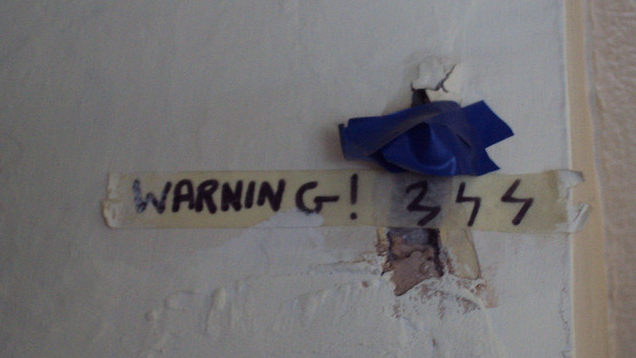
The most common and biggest unforeseen expenses tend to involve the home’s electrical and plumbing systems. Fixing or upgrading these requires opening up (and repairing) walls, floors and ceilings, possibly across great distances, not to mention fixing the problems themselves. Also possibly hiding within those walls and floors: mould, termites and other pests or issues. These all typically require the work of experts.
When you dig into a wall or floor, you just don’t know what you’re going to find there. It can reveal previous work on the home that is not up to code, such as exposed electrical wires, or just point out all the outdated features that need replacing, such as old pipes just days away from corroding. Even straightforward wall removal projects can require lots of work, from rerouting electrical wires and pipes to putting in new supports for a load-bearing wall (see below).
For example, in what was supposed to be a pretty straightforward bathroom remodel in my home, contractors found out the bathroom drain was apparently in the wrong place (or the tub was oriented incorrectly for the drain), so that was an additional $2000 for the project. There was mould hiding behind drywall, which cost another $3000 to eliminate.
If you own an old home, you might stumble upon old wiring, which could cost $8000 to $15,000 to rewire (for a 140sqm to a 270sqm home), according to Angie’s List. Although an expensive project, dated knob-and-tube or aluminium wiring components could be a fire hazard, so you’ll want to have an electrician inspect your wiring. Even without disastrous existing conditions, some electrical projects, such as installing solar panels, require updated, higher-capacity electrical panels, which can also increase costs.
Solution: Don’t open up walls or floors… just kidding.
Electrical and plumbing that needs updating or health hazards that need to be removed (such as mould or asbestos) can’t be avoided. Sooner or later, you’ll have to address them, so you might as well do them during your renovation, while the walls (and your wallet) are already open. The best rule of thumb is to assume that something will go wrong. Add a buffer of about 20 per cent to your project or renovation budget so you have enough to cover any surprise expenses.
Structural Issues
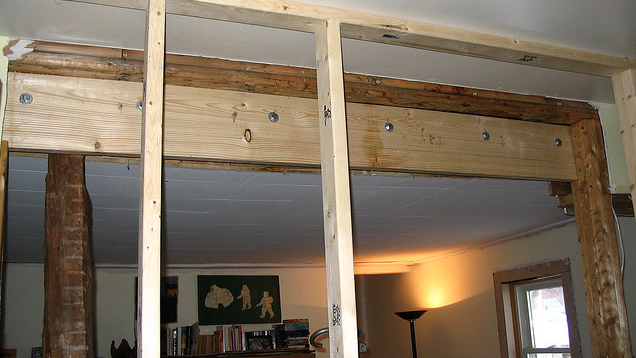
The first question remodellers ask when facing a wall that’s to be torn down is “Is it load-bearing?” A structural engineer needs to answer that question, and explain whether you can work around it. One contractor cited me a $5000 estimate just to have an architect draw up plans for supporting the floors above, a cost on top of the beams, other materials, and labour needed to open up the wall.
You might find similar issues throughout your home, whether it’s working around a chimney or finding space around a basement filled with pipes and beams. Projects that eliminate walls, cut into or through support beams, add rooms, or otherwise impact the integrity of your home should involve an architect or structural engineer. This is one of those cases where you should hire a pro rather than DIY.
Solution: If you don’t have room in your budget for big changes, have an alternate plan. If you find a wall you wanted to remove is load-bearing, for example, you might consider creating a pass-through or an alternative layout instead of tearing the whole thing down altogether.
Appliances or Features That Need More Support
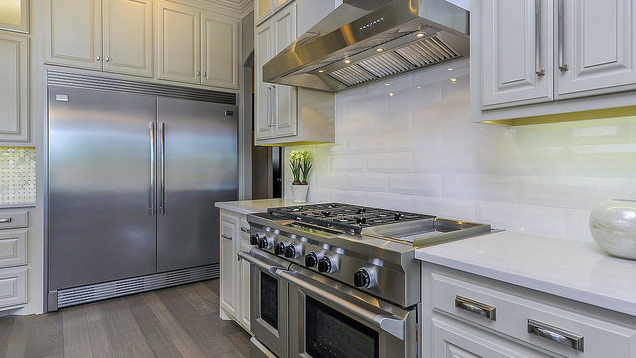
That industrial fridge or commercial range hood might sound perfect for your dream kitchen, but it can also add to your remodelling costs — beyond just the cost of the appliances themselves. House Logic explains that a commercial-style fridge could weigh 2-3 times more than the average fridge and require a structural engineer’s help in shoring up floor joists. Larger gourmet ranges also often cut into storage space, and you might have to upgrade your venting system to accommodate commercial range hoods.
Beware also when adding a kitchen island with electric outlets — depending on the island placement, you might need to drill through a concrete floor to run the wires from the island to the panel, which could cut out $1000 to your renovation budget, House Logic says. The cost of running new electric wires and plumbing for even simple additions like new overhead task lighting or an island prep sink could cost $2500 or more, depending on your current setup.
Solution: First, choose the appliances and features that work with your home (and in your neighbourhood), because going all-out on high-end options won’t likely pay off. Second, ask your contractor what structural changes might be needed based on your appliance choices, and the costs of those changes. Third, try not to change the placement of any major items in your room or kitchen layout (such as moving the gas range to another wall means moving the gas line, and incurs additional costs).
Poorly Done Previous Renovations
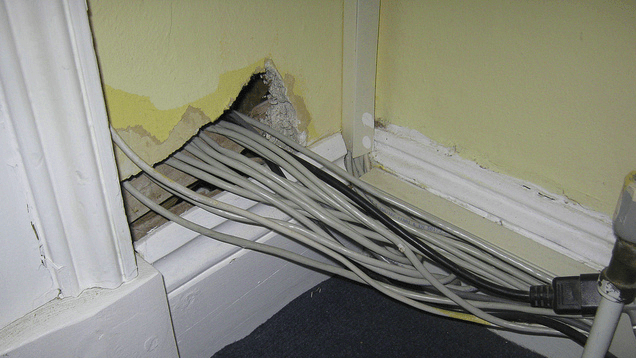
When you buy a home and have a contractor come renovate it, you never want to hear them say “What were they thinking when they did this?” but it happens. You might discover that the previous owners decided to cover the hardwood floors under your carpet with layers of stick-on vinyl tiles. You might find they put pipes throughout your house willy nilly. You might find lots of other corner-cutting (or code-violating) tactics, like faux-wood paneling over badly wallpapered walls.
If you hear a knocking sound whenever the shower runs, Angie’s List says, that’s a sign of poor plumbing behind the walls, most likely caused by improperly secured pipes rattling as water passes through them. It might be a quick fix, or you might have to run entirely new plumbing. You won’t know until you open it up and look.
Solution: Like floors and walls, this one is hard to deal with once the problem is already in your hands. If you’re buying a place, in addition to getting a thorough home inspection, consider what the homeowner’s motivation and likelihood of keeping up the home might have been (the home I bought used to be a rental, which is why there were so many cheap upgrades). If you’ve already bought the place, prioritise the projects that bring your home up to code and prevent further damage. After that, you’ll probably want to focus on the rooms that you live in every day, and have the most impact on future buyers: the kitchen, bathrooms, and living areas. To stay within your budget, know where to splurge and where to save when remodelling and the projects most likely to increase your home’s value.
Also, don’t compound previous poorly done home improvements with your own DIY versions if you don’t have the skills. And vet your contractor thoroughly to make sure you won’t run into similar problems.
Although many of these home improvement surprises can’t be avoided, if you catch them early, you can get on with the work and hopefully keep your remodel on budget.
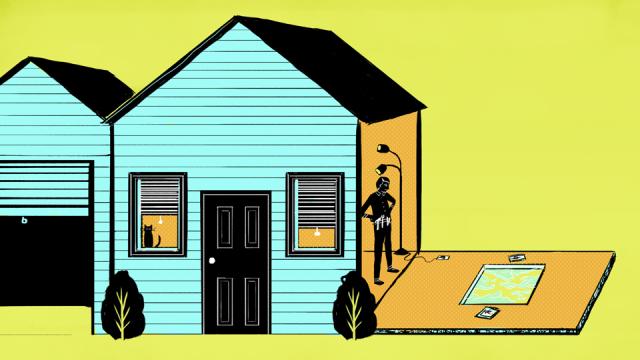
Comments
2 responses to “The Home Improvement Disasters That Can Wreck Your Budget”
The is it load bearing should be a high light for Aus. A lot of homes are brick veneer, that leaves your internal walls as load bearing. I’ve had in a previous house the kitchen pantry was supporting a bearer across the roof. It stall the kitchen reno needed to get an engineer in to approve changes to reinforce the bearer so the pantry could be removed.